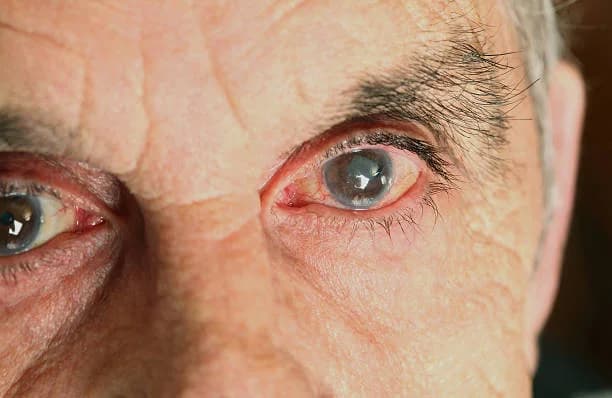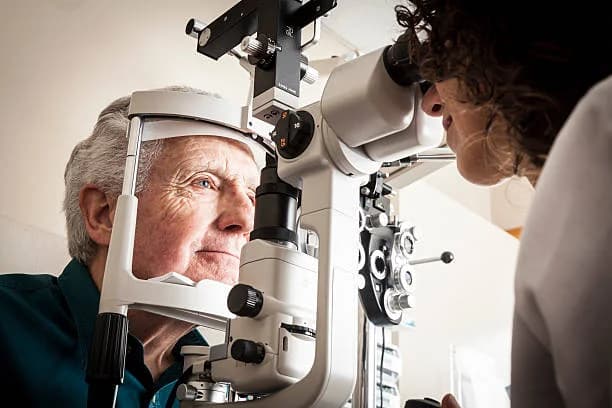A cataract is when a cloudy area in the lens of the eye, causes a decrease in vision. Cataracts often develop slowly and can affect one or both eyes. Symptoms of cataracts may include faded colors, blurry or double vision, halos around light, trouble with bright lights, and trouble seeing at night. The outcome of cataracts can make it more difficult to read, drive a car (especially at night), or see the expression on a friend's face. If caught early on, stronger lighting and eyeglasses can help you, otherwise, you might need cataract surgery. Nowadays, cataract surgery is considered a safe and effective procedure.
What are the signs & symptoms of Cataracts?
Clouded, blurred, or dim vision
Increased difficulty with vision at night
Sensitivity to light and glare
Need for brighter light for reading and other activities
Seeing halos around lights
Frequent changes in eyeglass or contact lens prescription
Fading or yellowing of colors
Double vision in a single eye
You may not even notice the cloudiness at first and be unaware of any vision loss. But with a more advanced cataract, more of your lens will be clouded, distorting the light passing through it.

When should I make an appointment?
In case you notice any changes in your vision, make an appointment for an eye exam. If the vision changes are sudden, such as double vision or flashes of light, sudden eye pain, or sudden headache, see your doctor right away.
What are the types of cataracts?
Different types of cataracts are classified based on where and how they develop in your eye:
Nuclear cataracts: Forms in the middle of the lens and cause the nucleus, or the center, to become yellow or brown.
Cortical cataracts: Wedge-shaped, forming around the edges of the nucleus.
Posterior capsular cataracts: Forms faster than the other two types and affect the back of the lens.
Congenital cataracts: Inherited at birth or formed during a baby’s first year, are less common than age-related cataracts.
Secondary cataracts: Caused by disease or medications. Diseases that are linked with the development of cataracts include glaucoma and diabetes.
Traumatic cataracts: Developed after an injury to the eye, but it can take several years for this to happen.
Radiation cataracts: These can form after a person undergoes radiation treatment for cancer.

What factors increase the risk for cataracts?
Increasing age
Diabetes
Excessive exposure to sunlight
Smoking
Obesity
High blood pressure
Previous eye injury or inflammation
Previous eye surgery
Prolonged use of corticosteroid medications
Drinking excessive amounts of alcohol
What to expect after cataract surgery?
It’s normal to experience these, a day or two after surgery:
Itching
Mild discomfort
Watery eye
Sensitivity to light
Blurry vision
For a few weeks after surgery, you may need to use eye drops. The drops help you heal, prevent infection, and control the pressure inside your eye. During those weeks you’ll also want to avoid:
Touching your eyes
Bending over
Lifting heavy things
Doing anything that risks injuring your eye
Cataract surgery recovery
Your eye should heal within eight weeks. But you can go about your daily activities as soon as a day after the surgery. To read about the risks of cataract surgery click here…
Conclusion
In conclusion, cataracts are a common eye condition characterized by the clouding of the lens, leading to impaired vision. They are most often related to aging but can also be caused by other factors such as trauma, certain medications, and underlying health conditions. Symptoms typically include blurry vision, difficulty with glare, and changes in color perception. Fortunately, cataract surgery is a safe and effective treatment option that can restore vision by replacing the clouded lens with an artificial one. Regular eye exams are crucial for early detection and management of cataracts. As research continues, there is hope for further advancements in the prevention and treatment of this prevalent eye condition.